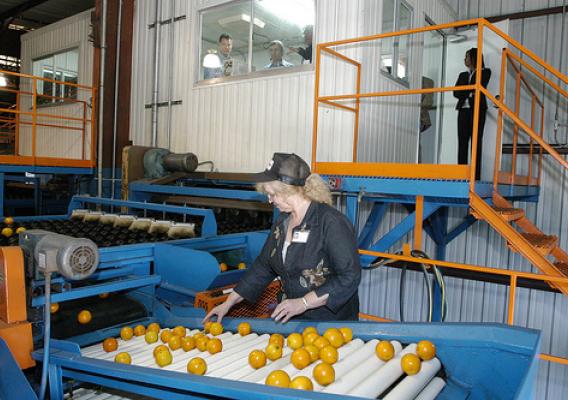Two years ago this month, the United States and the European Union (EU) implemented an organic equivalence arrangement, meaning products that are certified as organic in the U.S. can also be sold as organic in the EU, and vice versa. This arrangement broke down many of the barriers that organic producers, especially small and medium-sized farmers, were facing in exporting their goods to one of their largest markets. It has also proved to be a good example of how we can recognize each others' systems and work together across borders to arrive at beneficial agreements.
The U.S. and EU have some of the strongest regulatory protections in the world, and the organic equivalence arrangement recognizes these standards and uses them for everyone’s benefit. Before the agreement, growers and companies wanting to trade products on both sides of the Atlantic had to obtain separate certifications to two different standards, which meant a double set of fees, inspections, and paperwork. Now, if a product is certified organic by one party, it can bear both the USDA organic seal and the EU organic logo, without going through that second certification process. This is possible because the EU and the U.S. have recognized that though our regulatory systems are different, they both produce high quality organic food and agricultural products under rigorous programs. Secretary Vilsack, while addressing the EU agricultural ministers earlier this week, had the same message of cooperation in regards to the Transatlantic Trade and Investment Partnership (T-TIP).








